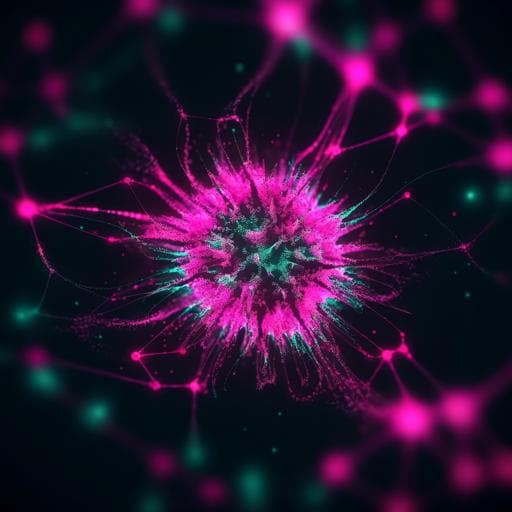
Medicine and Health
A one-two punch targeting reactive oxygen species and fibril for rescuing Alzheimer's disease
J. Wang, P. Shangguan, et al.
This groundbreaking research by Jiefei Wang and colleagues presents a novel near-infrared-II aggregation-induced emission (AIE) nanotheranostic aimed at combating Alzheimer's disease. It effectively penetrates the blood-brain barrier, binds to amyloid-beta plaques, and utilizes reactive oxygen species to mitigate plaque formation and inflammation, enhancing cognitive functions in a female AD mouse model.
~3 min • Beginner • English
Related Publications
Explore these studies to deepen your understanding of the subject.







